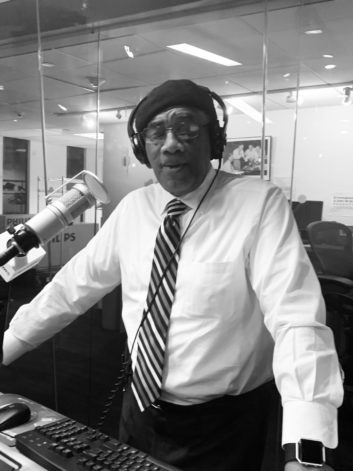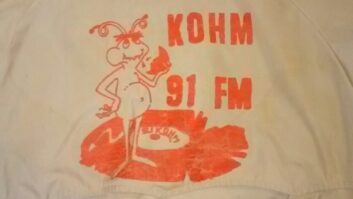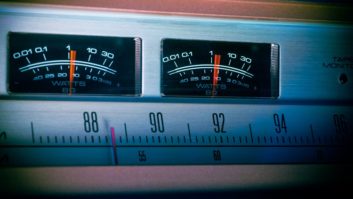
Editor: I have been a subscriber to your magazine for awhile now and I particularly like the articles and your relevancy. For example your Aug. 19 issue “WWV/WWVH Stand Ready to Fight Global Chaos.” The article mentioned the “mass solar ejections” from the sun.
I was particularly interested in this article because in the late 1960s and early 1970s a “sun-storm” began its peak interference with shortwave communications in the worse way. I remember I could hardly hear WWV with my shortwave receiver.
This activity by the sun discouraged me because I couldn’t hear with my home-built equipment. I no longer found it fun to “work” the 80-, 75-, 40-, 20-, 15- and 10-meter amateur radio frequencies with code or voice.
That was disappointing because at 12 years old I became a ham radio operator (WA2BQM), related here in Newsday a few years ago.
I left off my amateur radio world still with a love for radio and electronics but managed to have a great career as a New York radio personality on major stations in the New York Tri-State area. In 1982 I produced, from my home studio, a weekly international radio syndicated show, “Jazz From the City.” Since 2005 I have held down the morning show on SiriusXM, Channel 49, “Soultown,” 6 a.m.–12 noon Monday–Friday.
I was able to pursue this path because of the technical training I received in my young days as a little 13-year-old ham radio operator. Please read the article and see who took the time with a neighbor’s son to teach this little guy to pursue his life-long love — radio.
I also appreciated the Sept. 2 issue of RW featuring black engineers Tobias Poole, David Antoine and Ben Hill. I too have “pulled many a cable,” “wired and soldered many a wire,” “built many a radio and TV studio and antennas” (including my home studio) so I well-relate to the many challenges that they overcame and still maintained a built-in love for their work.











